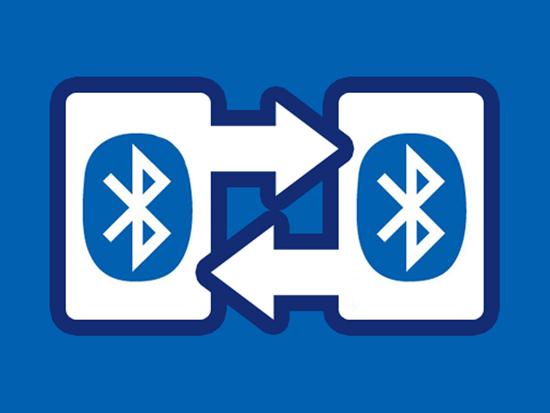
In the intricate dance of wireless communication, the Bluetooth Module stands as a versatile pivot, enabling seamless data transfer across a spectrum of applications. As we navigate the decision-making process for incorporating Bluetooth technology into our projects, understanding the nuances of data transfer is crucial. This article delves into the considerations, best practices, and market trends associated with using Bluetooth Modules for data transfer.
The Evolution of Bluetooth Data Transfer
Bluetooth technology has come a long way since its inception, with significant advancements in data transfer rates. Initially supporting 1 Mbps data transfer rate with Bluetooth 1.2, the technology has evolved to offer 3 Mbps with the Enhanced Data Rate version (Bluetooth 2.1 + EDR), and further to high-speed versions (Bluetooth 3.0 + HS) to accommodate large file transfers . This evolution has been pivotal for applications requiring high bandwidth and continuous data flow.
Choosing Between Classic and BLE for Data Transfer
When it comes to data transfer, the choice between Classic Bluetooth and BLE (Bluetooth Low Energy) hinges on the application’s specific needs. Classic Bluetooth is suitable for applications that demand a stable connection and substantial data transfer, such as audio streaming and file sharing. BLE, with its low-power, short-burst data transfer capability, is ideal for IoT devices, wearables, and other applications where energy efficiency is paramount .
Enhancing Data Transfer Efficiency
Data transfer efficiency in Bluetooth Low Energy has seen significant improvements with each new version. BLE 5, for instance, promises twice the speed, four times the range, and eight times the broadcast capacity compared to its predecessors, all without affecting power consumption . This advancement is particularly beneficial for applications where speed and range are critical, such as smart home automation and industrial markets.
Security in Data Transmission
Security is a cornerstone of any data transmission protocol, and Bluetooth is no exception. Bluetooth Modules employ various security measures, including encryption and authentication, to protect data during transfer. As data sensitivity varies across applications, it’s imperative to select a Bluetooth Module that aligns with the security requirements of your specific use case .
Balancing Power Consumption and Performance
One of the key challenges in Bluetooth data transfer is balancing power consumption with performance. BLE technology has gained popularity due to its low power consumption, which is crucial for devices powered by coin-cell batteries. The protocol stack’s controller and host components play a significant role in managing this balance, with the controller handling the physical layer and link layer, and the host managing upper-layer functionality .
Market Trends and the Future of Bluetooth Data Transfer
The global Bluetooth module market is anticipated to witness a compound annual growth rate of 17.48%, reaching a value of US$27.763 billion by 2028, up from US$8.990 billion in 2021 . This growth is driven by the increasing demand for Bluetooth-enabled devices, particularly in developing countries, and the widespread adoption of consumer electronics. The effective transfer of data over short distances, facilitated by the low power consumption of Bluetooth low-energy modules, has led to their widespread use in various applications, including digital marketing, indoor positioning, and electronic payments .
Conclusion
The Bluetooth Module’s role in data transfer applications is multifaceted, requiring a deep understanding of the technology’s capabilities and limitations. As technology continues to advance, the demand for efficient, secure, and power-conscious data transfer solutions will only grow. By staying abreast of the latest Bluetooth versions and their features, developers can ensure that their applications meet the evolving needs of the market and users alike. The future of Bluetooth data transfer is bright, with innovations like BLE 5 setting the stage for even more efficient and powerful wireless communication.


